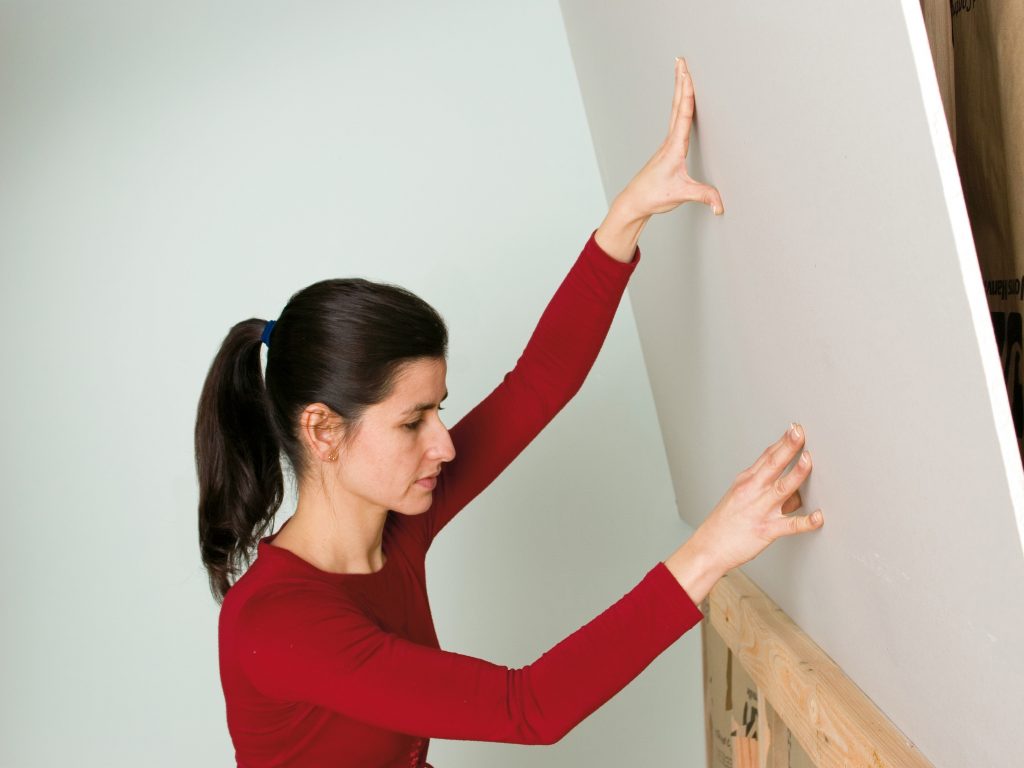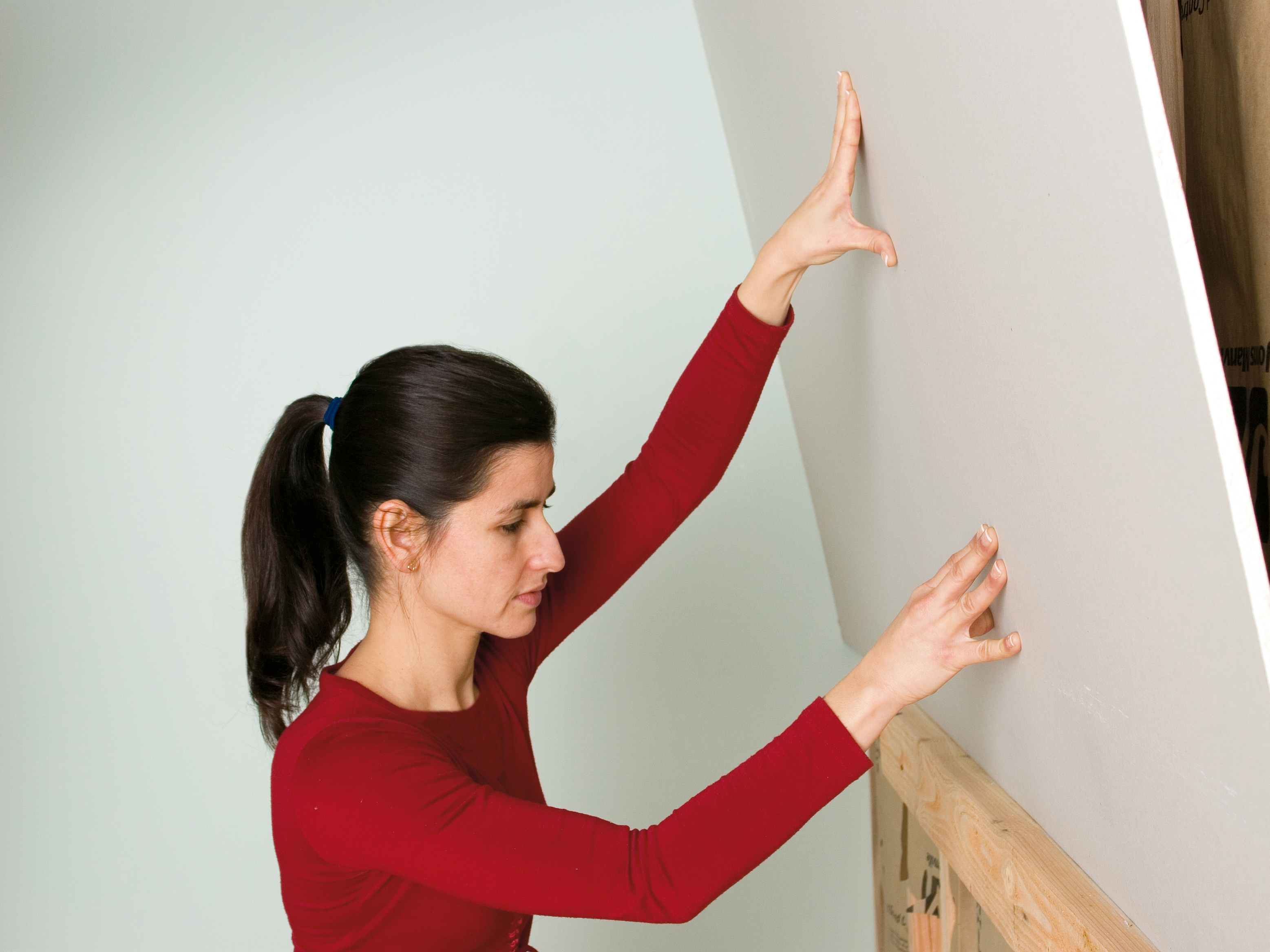There are different types of drywall panels based on their thickness. As an example ½ to 16-inch drywall panel is appropriate for walls. But, if we plan to plaster an old wall, we should choose the right thickness, at about 3/8-inch thick. 5/8 to 24-inch drywall panels are more appropriate for ceiling panels and in general, ceiling panels should be thicker than typical panels for walls. Water resistant panels have about ½ inch thickness and it is appropriate for areas with higher degree of humidity, such as bathrooms and basements. For areas that are affected by mold, water resistant drywall should limit its growth.
If the drywall panel doesn’t have proper support, we should look for ways to give it a proper wood backing. Ever wall joints and corner should be checked for proper supports. With a T-square, we should be able to measure the length of the panel. With an utility knife, we should be able to cut the necessary length from the whole panel. It is important to be sure that edges are smooth and proper cut, preferably busing a surform tool. Gaps between panels must be smaller than ¼ inches. 4 x 12 panel should be able to cover 48 sq. feet, while the smaller 4 x 8 panel could cover 32 sq. feet.

Before proceeding to the walls, we should install the panels in the ceiling. Because we are working against the force of gravity, it takes at least two persons two easily attach panels to the ceilings. When installing panels larger than 12 feet, we may need to use a lift. While holding the panels to the proper positions, we should pre-nail the drywall panels. Once we are sure that these panels are in place, we should fasten them using the proper screws. We should repeat this process for the whole ceiling. It should be relatively easy to install drywall panels for ceilings, because the surface is flat.
On the other hands, we need to cut out many holes when installing panels on the wall. We should consider the presence of electrical outlets, wall lighting fixtures, cables, windows, doors and others. However, with enough planning, we should be able to do this quite easily. For straight pattern, we may need to use T-square and utility knife can be used to cut the drywall panel. For smaller cuts, such as electrical outlets, we should use keyhole saws. Before fastening the drywall panels, we should try to push them tightly towards the edge. This will ensure that the panels are properly installed.
We should check for protruding nails and screws after installing these drywall panels. We should consider whether we could push these nails further. However, we shouldn’t use too much force or we could potentially damage the panel. After the long process of installing our wall is completed, we should start with the taping process. We should be able to tape faster in the corners using flushers.

